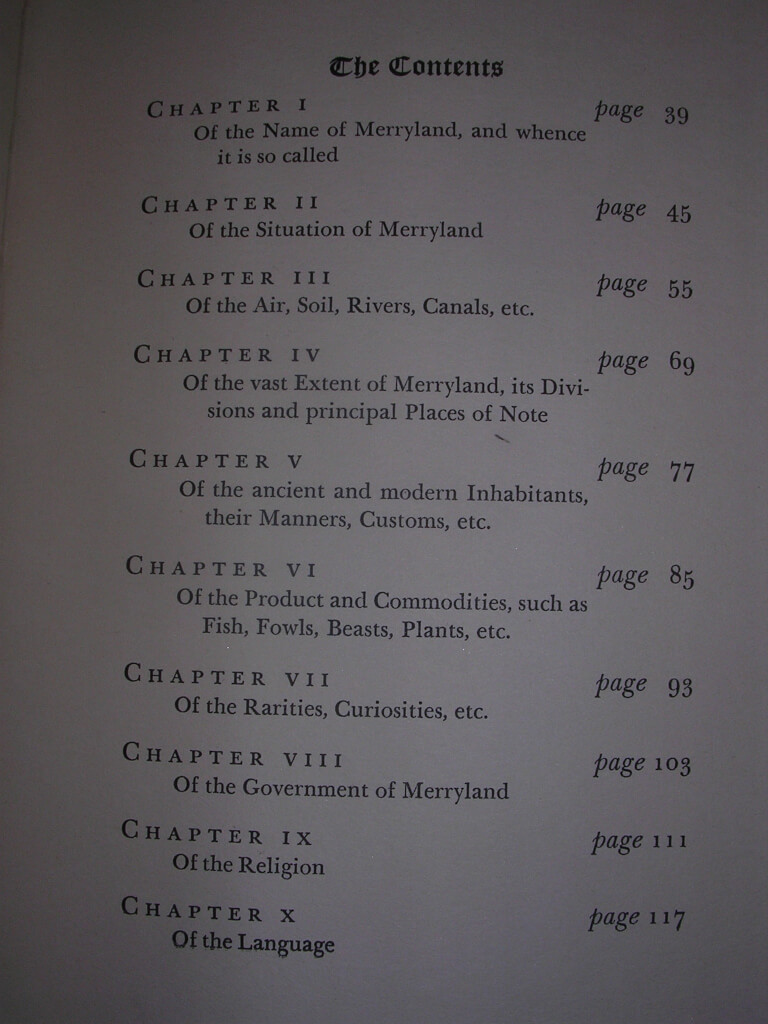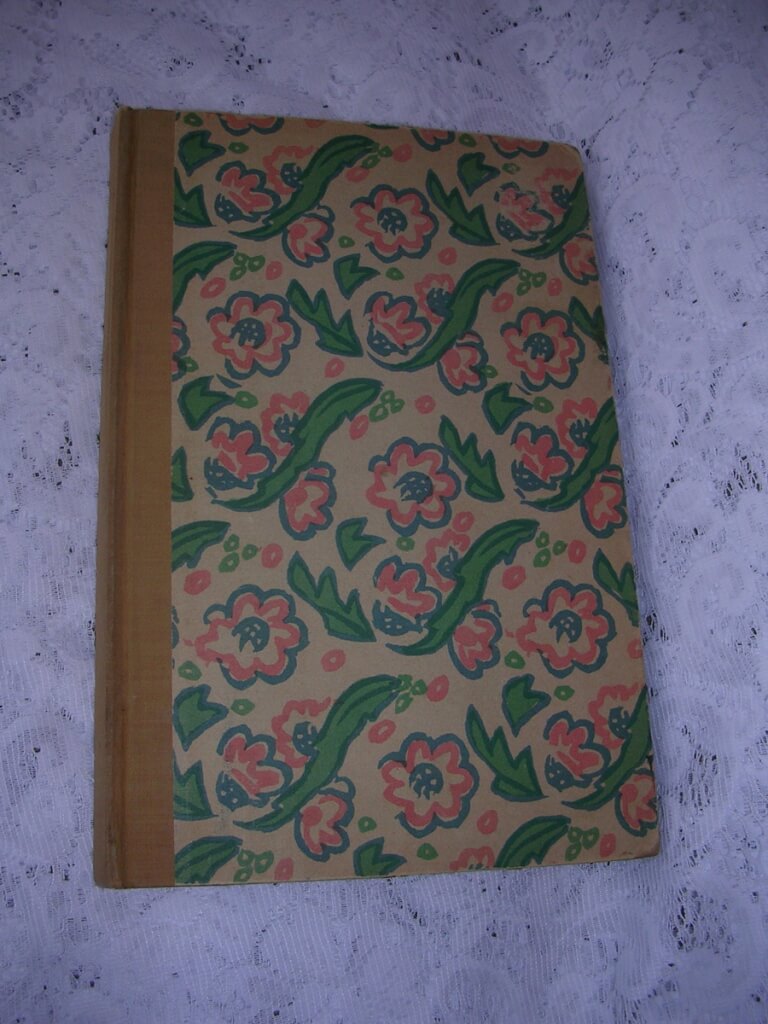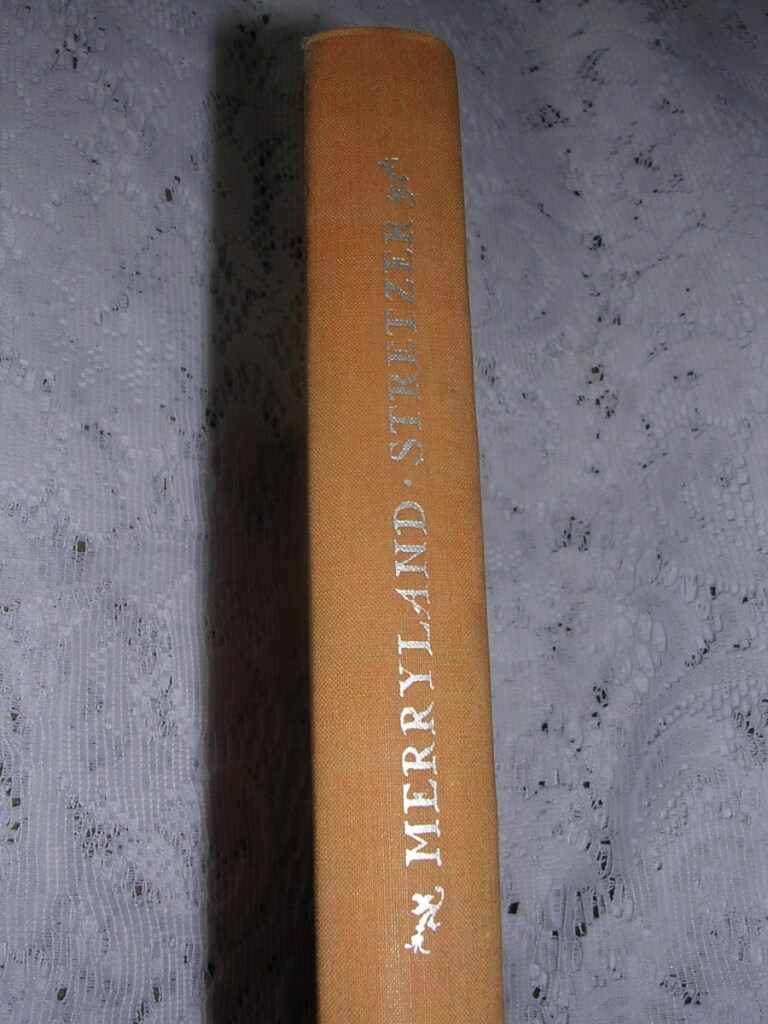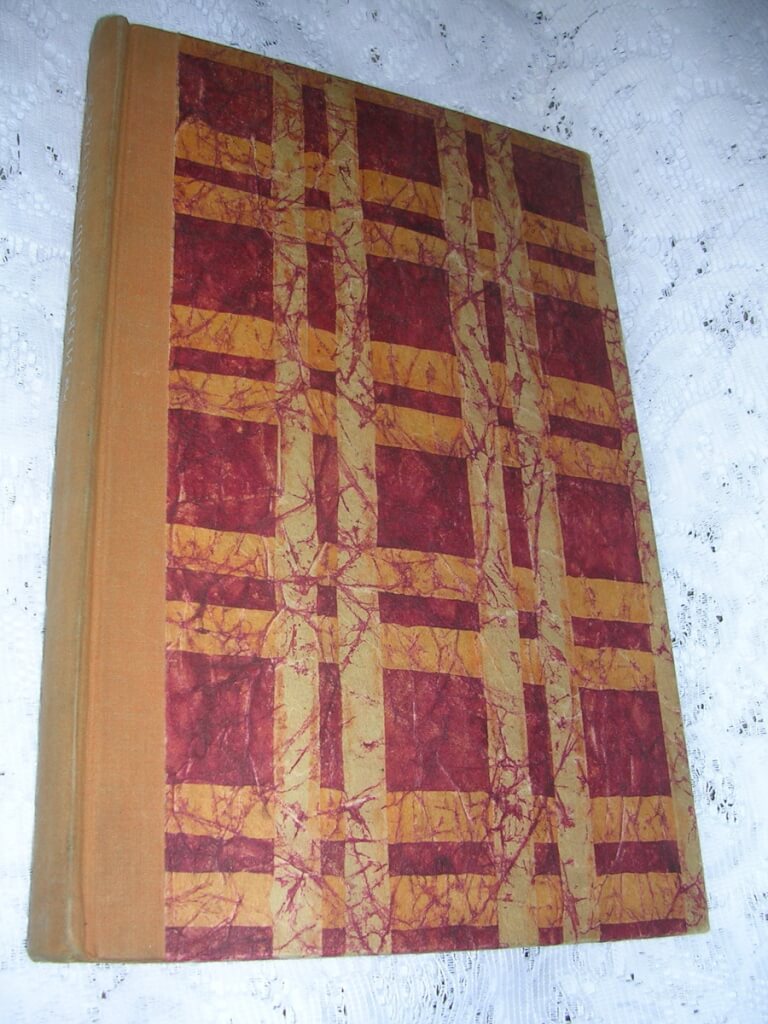The Merryland books were a somewhat peculiar genre of English seventeenth and eighteenth century erotic fiction in which the female body was described in terms of a topographical metaphor derived from a pun on Maryland. Four of the titles were published by eighteenth century controversialist Edmund Curll (c. 1675 – 1747).
The earliest work in this genre seems to be Erotopolis: The Present State of Bettyland (1684) probably by Charles Cotton. This was included, in abbreviated form, in Curll’s The Potent Ally: or Succours from Merryland (1741). Other works published by Curll include A New Description of Merryland. Containing a Topographical, Geographical and Natural History of that Country (1740) by Thomas Stretzer (whose name is sometimes given as “Stretser” and of whom nothing is known), Merryland Displayed (1741) and set of maps entitled A Compleat Set of Charts of the Coasts of Merryland (1745).
Stretzer’s book was typical of the genre in depicting the female body as a landscape that men explore, till, and plow. For example, he writes: “Her valleys are like Eden, her hills like Lebanon, she is a paradise of pleasure and a garden of delight.” Sometimes, the metaphor of female form equals landscape changes, but the objectification of the female body remains intact; only the image is changed, as when, for example, in another passage, the novel’s narrator, Roger Pheuquewell, describes the uterus (“Utrs,” as the author simply contracts vowels without graphical indication) as resembling “one of our common pint bottles, with the neck downwards.” It is remarkable, he says, for expanding infinitely, the more it is filled, and contracting when there is no crop to hold.




